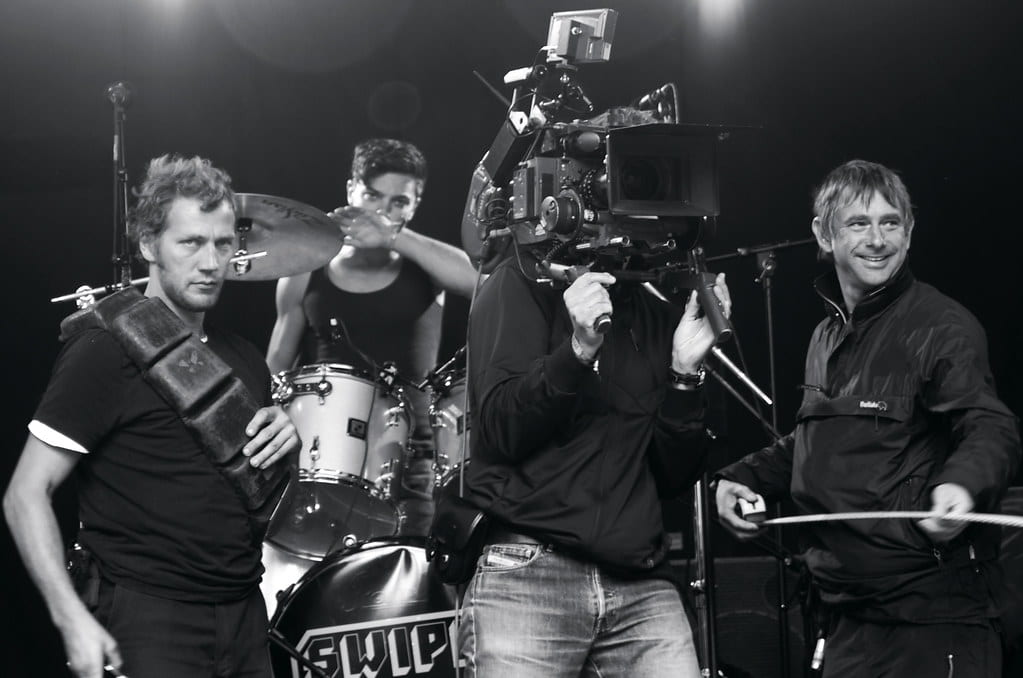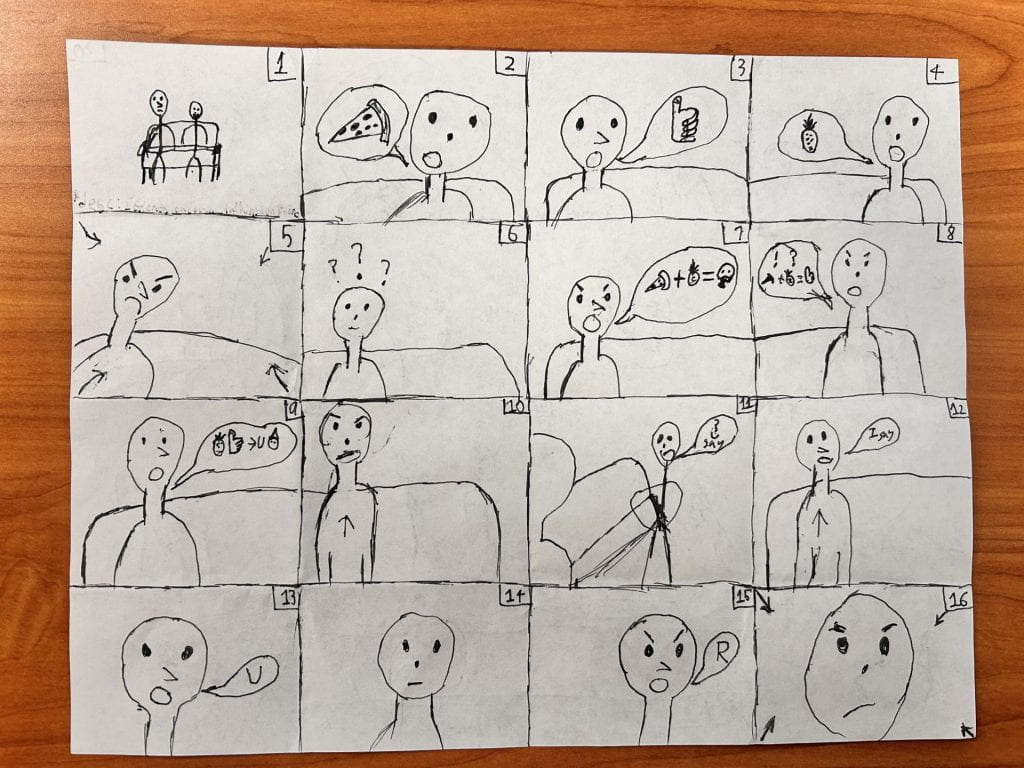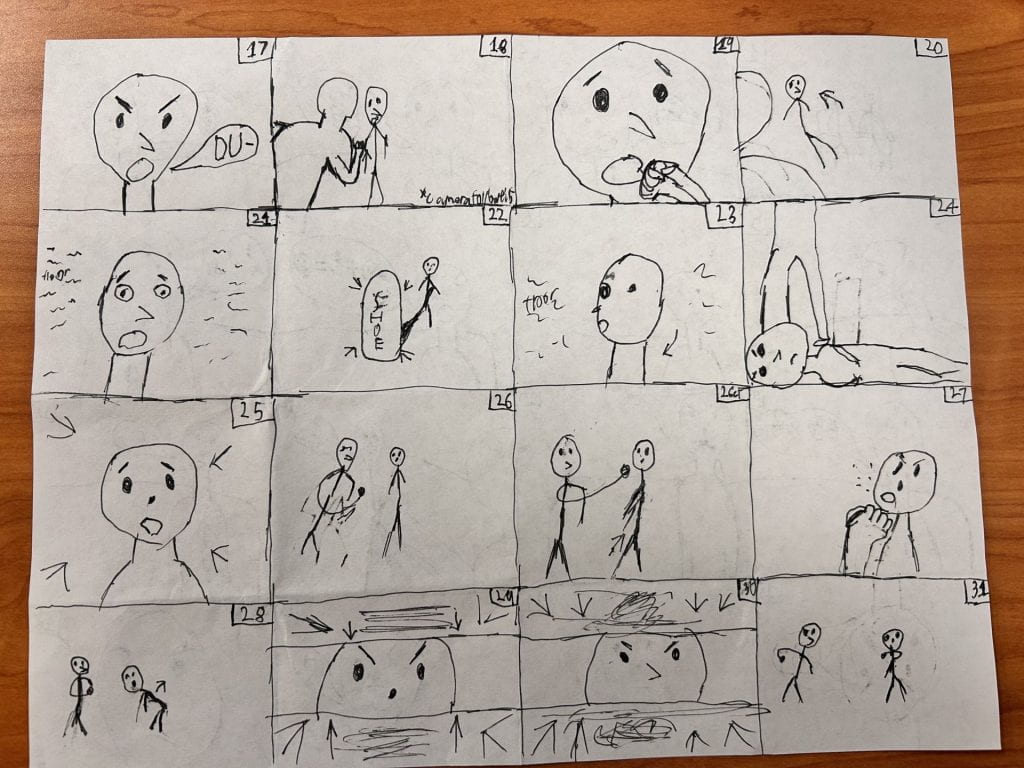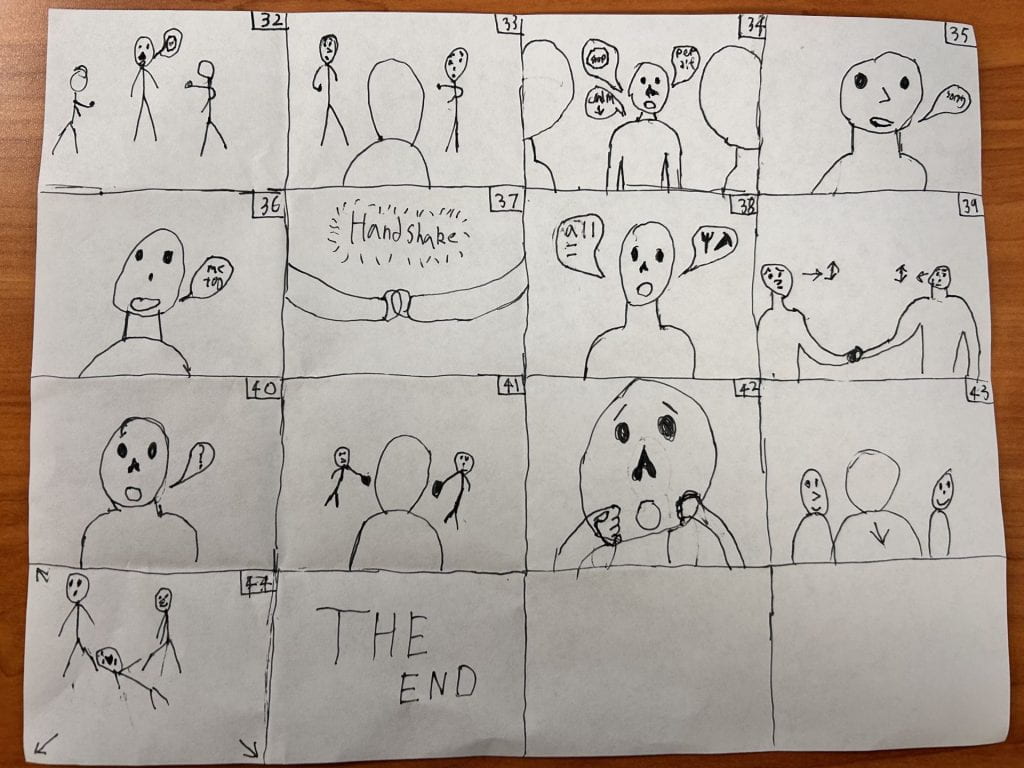
SUMMARY
Role
Director
Intention (SMART Goal) for the Session
By Jan. 12, as the Director for TEAM 4, I will learn how to combine blocking and camera movement for action, by following How to Shoot a Fight Scene Session 3.
PRE-PRODUCTION – INQUIRY
Leader(s) in the Field / Exemplary Work(s)
Sam Raimi is personally one of my favorite directors. He most know for the Evil Dead trilogy (Evil Dead 2 is my favorite movie of all time), the Tobey Maguire Spider-Man trilogy, and most recently Doctor Strange in the Multiverse of Madness. One of aspects of Raimi’s work is how he uses the camera in a scene, integrating it with action in a way that not many other directors do. An other trademark of a Raimi film, is blend of comedy with other genres, most famously with the second and third Evil Dead films, both of those film being a combination of horror, comedy, and action. Raimi also has great pacing in his films, giving the audience time to process things and then quickly moving on the next scene. With this film being primarily an action/comedy film, I want us Raimi’s work as an inspiration for my film.
Training Source(s)
1:58 Moving the camera with characters can make a shot more dynamic and put the audience in the characters’ shoes.
Project Timeline
Pre-production Milestones
- Create Storyboard 12/12
- Finish Script 12/13
Production Milestones
- Film End Scene 12/14
- Film Jack’s Dialouge 12/18
- Film Audrey’s Dialouge 12/19
- Film Beginning of Fight 1/3
- Film End of Fight 1/4
- Re-Shoots 1/5
Post-production
- Begin Editing 1/8
- Finish Final Edit 1/11
Proposed Budget
Evidence of Team Planning and Decisions




PRODUCTION – ACTION
The (FILM, SOUND, or GAME Creation)
This is my team’s film, Food Fight.
Skills Commentary
This is my team’s slideshow containing the skills evidence of how we achieved of our different SMART Goals.
POST-PRODUCTION – REFLECTION
21st Century Skills
Ways of Thinking (Creativity, Innovation, Critical Thinking, Problem Solving)
A way I had to be a critical thinker and a problem solver was by finding solutions to a number of problems I faced this session. The first major problem I encountered this session was the absence of my cinematographer Carlson, who was going to be gone for almost the entire production. To combat this I planned out which days Carlson was gone and built our filming schedule around it. An other problem I faced about halfway through filming, was the furniture rearrangement in our location. Luckily I was able to reframe some shots and modify blocking, which made it unnoticeable to the audience. But this created a new problem the shots with all three cast/crew members acting in it needed to be reshot. We originally filmed this before Carlson left, but because of this new framing (and the microphone being visible in the original shot) we needed to reshoot. We were able to film this part by only having all three of use in frame when my character was speaking, so I was able to hold a boom microphone during those shots and for the shots with all three of us we used a wireless microphone to record my speaking parts. While me and my team faced a variety of challenges, we able to adapt to them very well.
Ways of Working (Communication & Collaboration)
My team and I were communicating and collaborating on different aspects of the project. One of the tools we used to do this was our google drive. During pre-production we made a google folder for the project and made very organized which helped out tremendously later during production and post-production. A one on one collaboration I did with our editor, Jack, was after each day of filming I would go home and create a rough edit of the film. While these edits weren’t perfect, they allowed me as an director to express to Jack how I wanted the film to be edited.
Tools for Working (Info & Media Literacy)
This session I heavily expanded my knowledge of using my camera. While I usually bring in my Canon T3i for the team to use, I am not the one directly behind, and when I use it at home it is more for photography than for shooting videos. This session, because of Carlson’s absence, I used the camera far more and got to learn more about it. I also installed Technicolor Cinestyle on the camera, which is a flatter picture profile, which lead to me learning more about exposure when taking videos.
Ways of Living in the World (Life & Career)
This session taught me a lot about flexibility. I had to serve as both director and cinematographer in this session which was an added challenge. This session can definitely relate to the world of work, with having to fill in for people and do new tasks while balancing your own work.
Reactions to the Final Version
James Clark liked the entire film. He specifically highlighted the cinematography, writing, and editing as being well done. Some of the parts of the film he specifically enjoyed was the opening dialogue, which he thought was realistic and flowed well, and the ending, which he thought was funny because of the length keeps the joke going. He liked our film overall and said that it showed that we had “filmmaking ability”.
Self-Evaluation of Final Version
I am very proud of this film, this my 6th film in this class and is by far my favorite. I was able to take this film in a stylistic direction I had been wanting to try out. For my past films the blocking and cinematography had felt a bit stale to me, with not enough movement in the frame, and shots feeling to slow. With this film I was very much able to change that. I started the film very slow and with little movement, but as the film progressed I shortened the length of shots added movement to them. I also wanted to add more camera movement, but because of my inexperience as a cinematographer I was unable to, so instead I had the shots follow the movement. A example of this could be the shot were Jack is knocked to the ground, the shot before is an over the shoulder shot, but when Jack hits the ground the camera follows him and the next shot is much lower. An other example of this when my character gets kicked and the thrown to ground, I get kicked in a wide shot and fall to the right of the frame, the next shot is moved to the right. Then when I get thrown to the left, the camera follows with next shot being moved to the left. I took this approach to put the audience in the characters shoes during the fight. I could have filmed it all and wide shot, but then the fight becomes distant and unimportant, when I put you in the shoes of the characters, the fight becomes more personal.
Grammar and Spelling
Grammarly
Editor
Jack